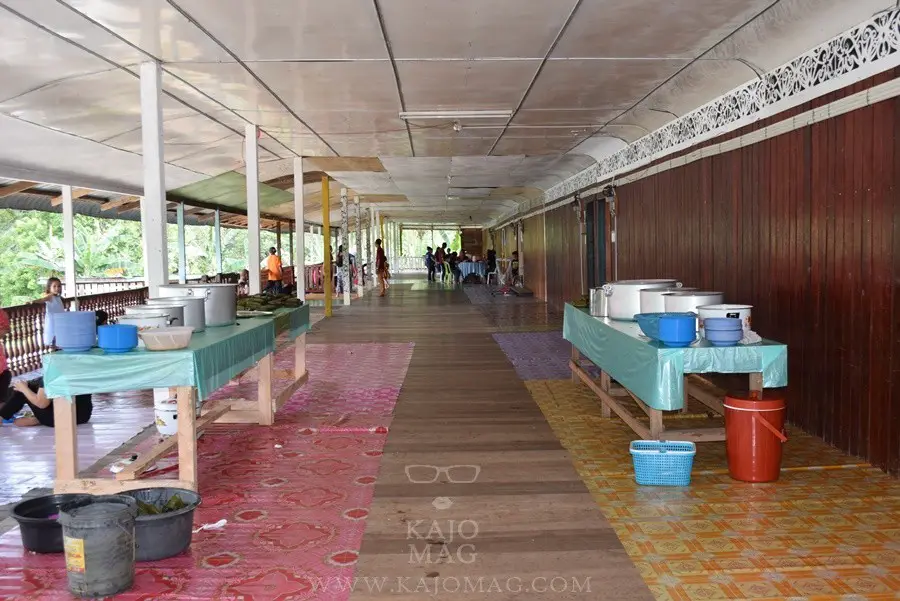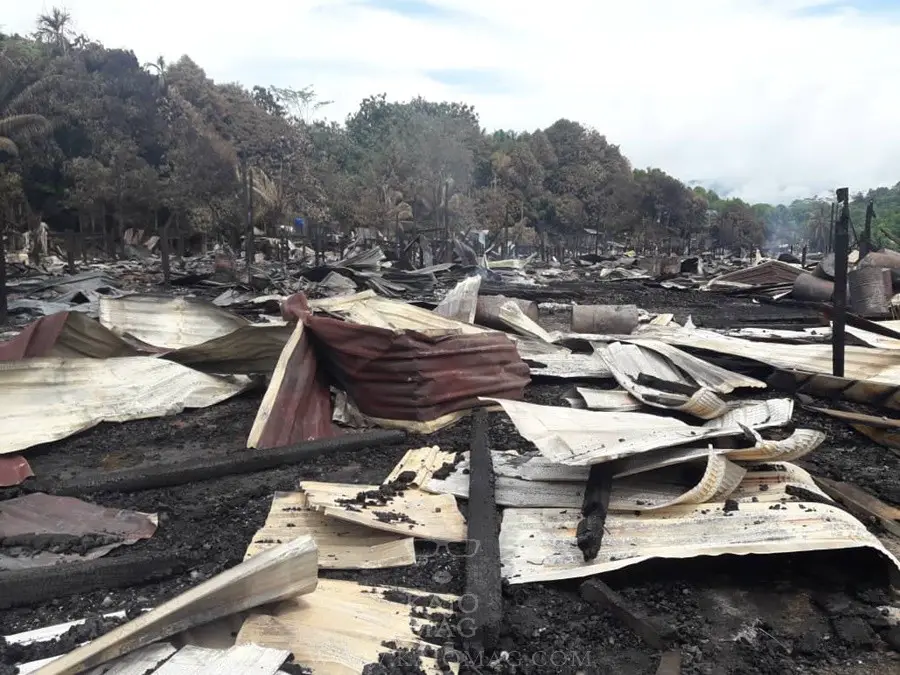In Sarawak, Batang Lupar is famously known for its tidal bore phenomenon where waves of water goes against the direction of the current.
It is also one of the federal constituencies in Malaysia. Meanwhile on the other side of the international border, there is a district in Kapuas Hulu regency of West Kalimantan province in Indonesia which is also called Batang Lupar.
So, how did a district and a river, miles apart from each other divided by a border, share the same name?

From Lanjak Entimau to Lanjak, Batang Lupar
“Our ancestors are originally from upper Batang Lupar and Batang Ai. They were at war with the Rajah many years ago and they came here to flee from their enemy,” Pak Lom, the head village of Dusun Kedungkang said.
He explained that Lanjak which is the nearest town to his longhouse was named after Lanjak Entimau. It is an area located between Batang Rajang in the north and Batang Lupar in the south of Sarawak.

This was because the Dayak Iban who live in Lanjak now were originally from Lanjak Entimau.
Lom said, “Of course back then, the border was not clearly defined. The border town of Badau which now falls in Indonesia territory was considered part of Sarawak kingdom back then.”

Same culture but different countries
Despite the political border, the Iban culture in Kalimantan is not much different from Sarawakian Iban.
“We still practice our traditional arts. Here in Kedungkang, we still have our hand-tapping tattoo and pua kumbu weaving.” Lom added that he himself knew how to hand-tap traditional body ink.
Even when it came to their harvest or Gawai celebration, he explained their way of merry-making was no different from the Sarawakian Ibans.

Before settling back here as a farmer and carrying his duty as a village head, Lom was working for a timber company in different parts of Sarawak such as Tubau and Marudi for over 10 years. Thus making him familiar with his neighbouring country.
However, there is one celebration he pointed out that the Ibans in Batang Lupar district did not celebrate.
“We do not celebrate Gawai Antu (festival of the dead) here, I think you can only find that in Sarawak.”
Holding on to their traditional customs, the Iban community in Kedungkang also practices their ‘hukum adat’ (customary law).
If caught burning the forest in their areas, you could be fined 25,000 rupiah for each tree. Additionally if it was a durian tree, the fine could cost even more – up to millions of rupiah.

Living next to Danau Sentarum
Having this customary law to protect their environment surrounding their two-block longhouse was important, considering they are living right next to Danau Sentarum.
It is one of the world’s most biodiverse lake system located in the heart of Borneo island.
And just a few minutes’ walk from Kedungkang longhouse is Bukit Babi (Pig Hill in Malay).
According to Lom, it is one of the reasons why their longhouse is a tourist attraction. On average, there are at least two tourists visiting their longhouse daily.
He said, “Apart from coming to see our culture, tourists love to stop by to hike up the hill. They can see have a view of Danau Sentarum from up there.
Another main attraction of Kedungkang village is its 700m long plank walk from the longhouse to the lake.

Just like Batang Lupar in Sarawak where its tidal bore attracts thousands of visitors during Pesta Benak (Tidal Bore Festival), one of the main tourists attractions in Batang Lupar district of West Kalimantan is the Danau Sentarum Festival.

During this annual festival, the Kedungkang plank walk is turn into viewing point to watch the traditional boat parade, dragon boat and bidar races.





























